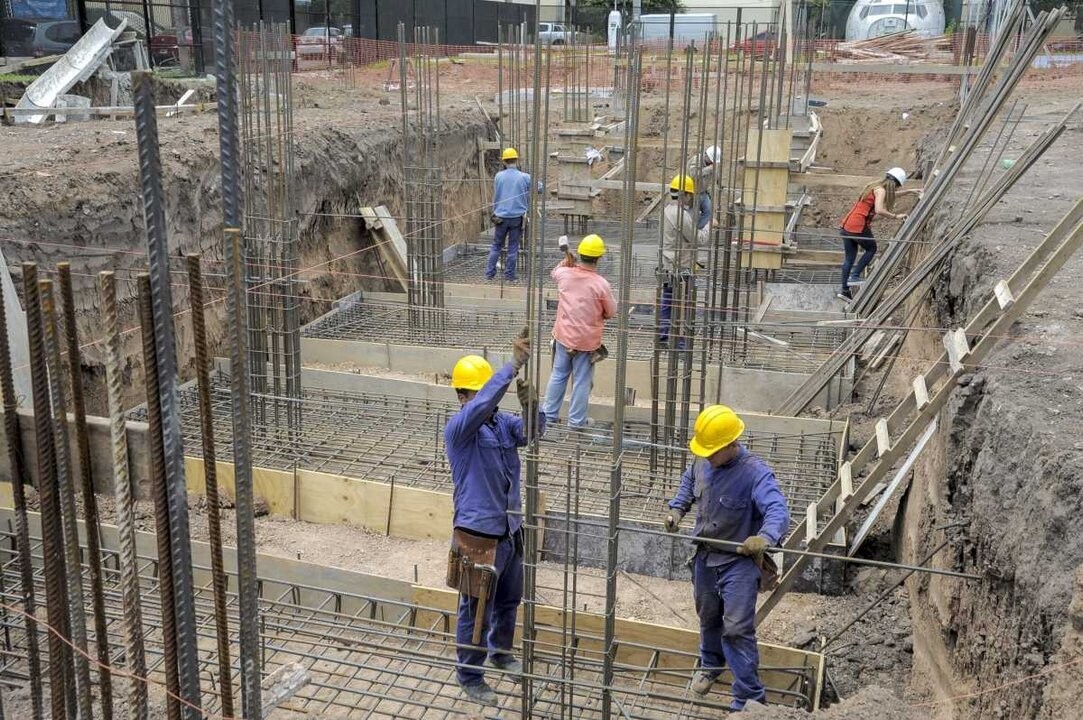
According to official information, different figures of people receiving Unemployment Benefits were registered in various provinces of Argentina. In the Province of Buenos Aires, there were 40,685 beneficiaries, 41,129 in Santa Fe, 7,882 in Córdoba, and 5,622 in the Autonomous City of Buenos Aires.
This benefit is intended for workers dismissed without just cause, due to contract termination or external reasons, who were in an employment relationship according to the Labor Contract Law. During the payment period, which can extend up to 12 months, beneficiaries also receive family allowances and maintain their health coverage.
One requirement is to have worked at least 6 months with contributions in the last 3 years prior to dismissal. For temporary workers, it is required to have worked less than 12 months in the last 3 years and at least 90 days in the year prior to job termination. The number of installments and the amount of the benefit are determined based on the income and months worked with contributions in the last 3 years.
Regarding the number of installments, they range between 2 and 12 months, unless it is for workers over 45 years old, who can receive up to an additional 6 months. In 2023, the Minimum Wage Council established that the benefit amount equates to 75% of the highest monthly salary of the 6 months prior to job termination.
During 2024, applications for unemployment subsidies increased by 60% due to the economic recession. It is expected that these figures will decrease in the next period, coinciding with economic recovery and the attraction of investments. In 2023, 174,335 dismissed employees began to receive unemployment benefits, a significantly higher figure than in previous years.
Among the beneficiaries, there is a significant number in sectors such as construction, manufacturing industry, commerce, administrative activities, transportation services, food and accommodation services, health, and social services. In December of last year, 102,549 people were still receiving this benefit, with an average payment of $214,822, the majority of beneficiaries being male.













